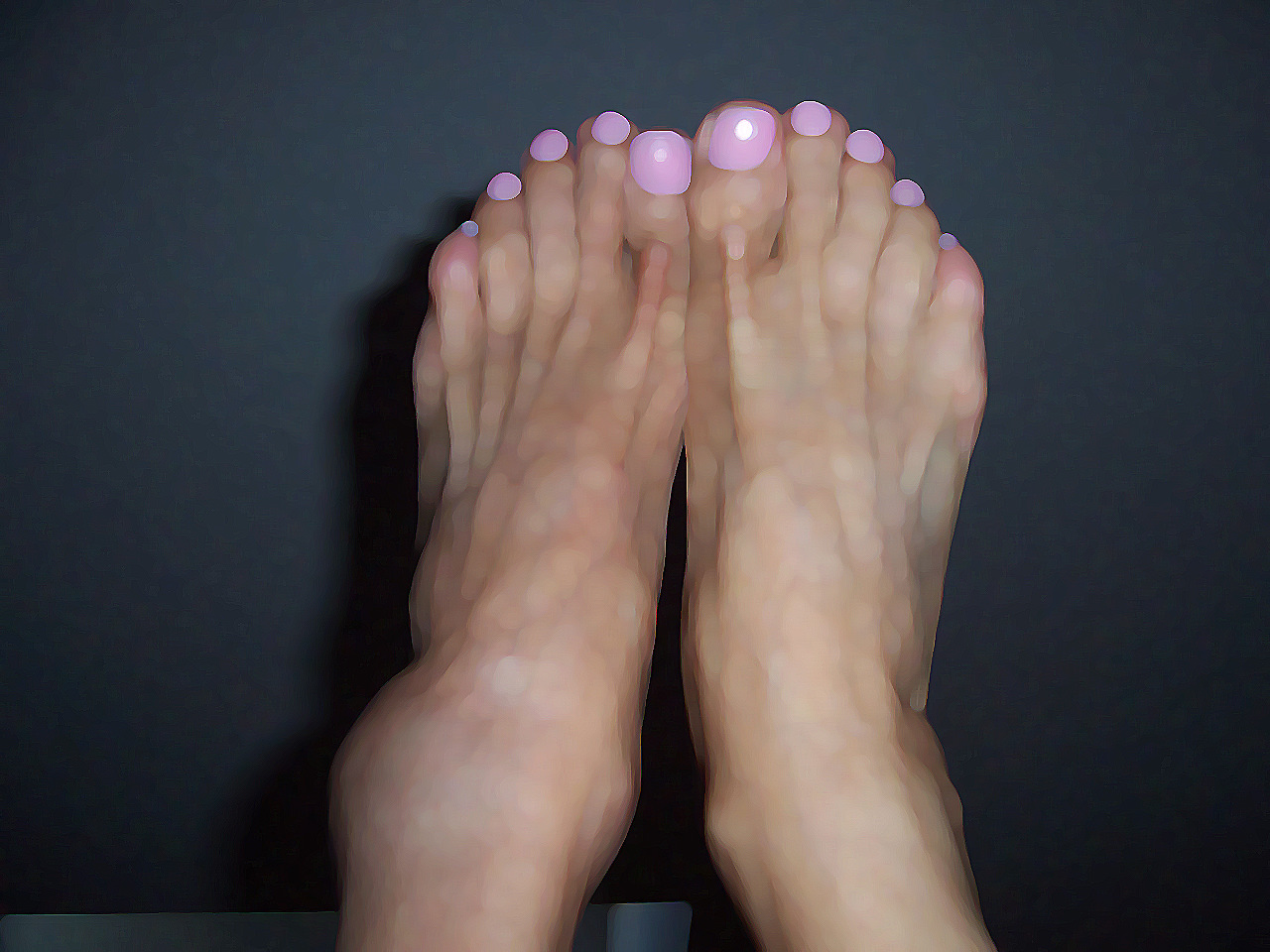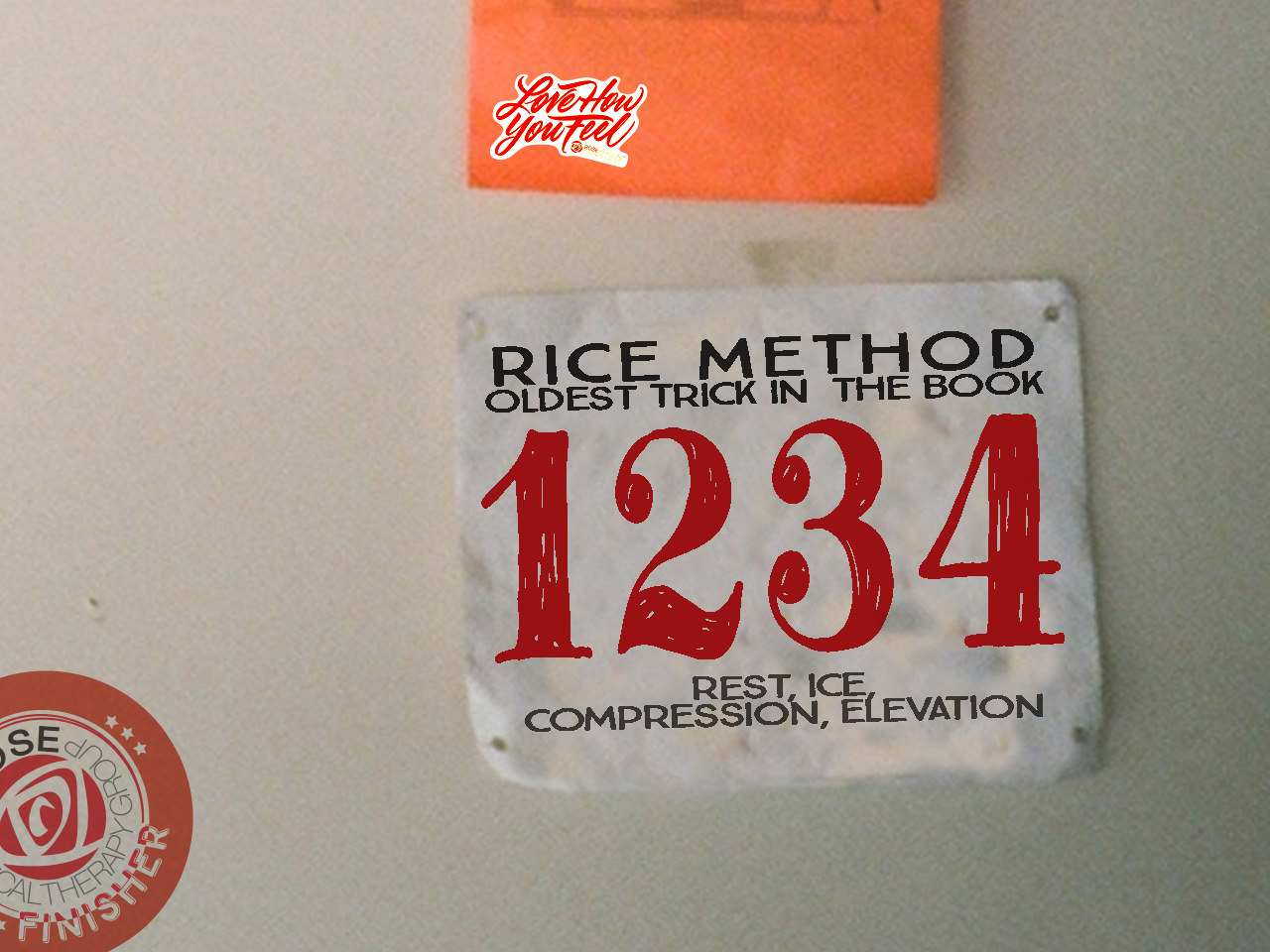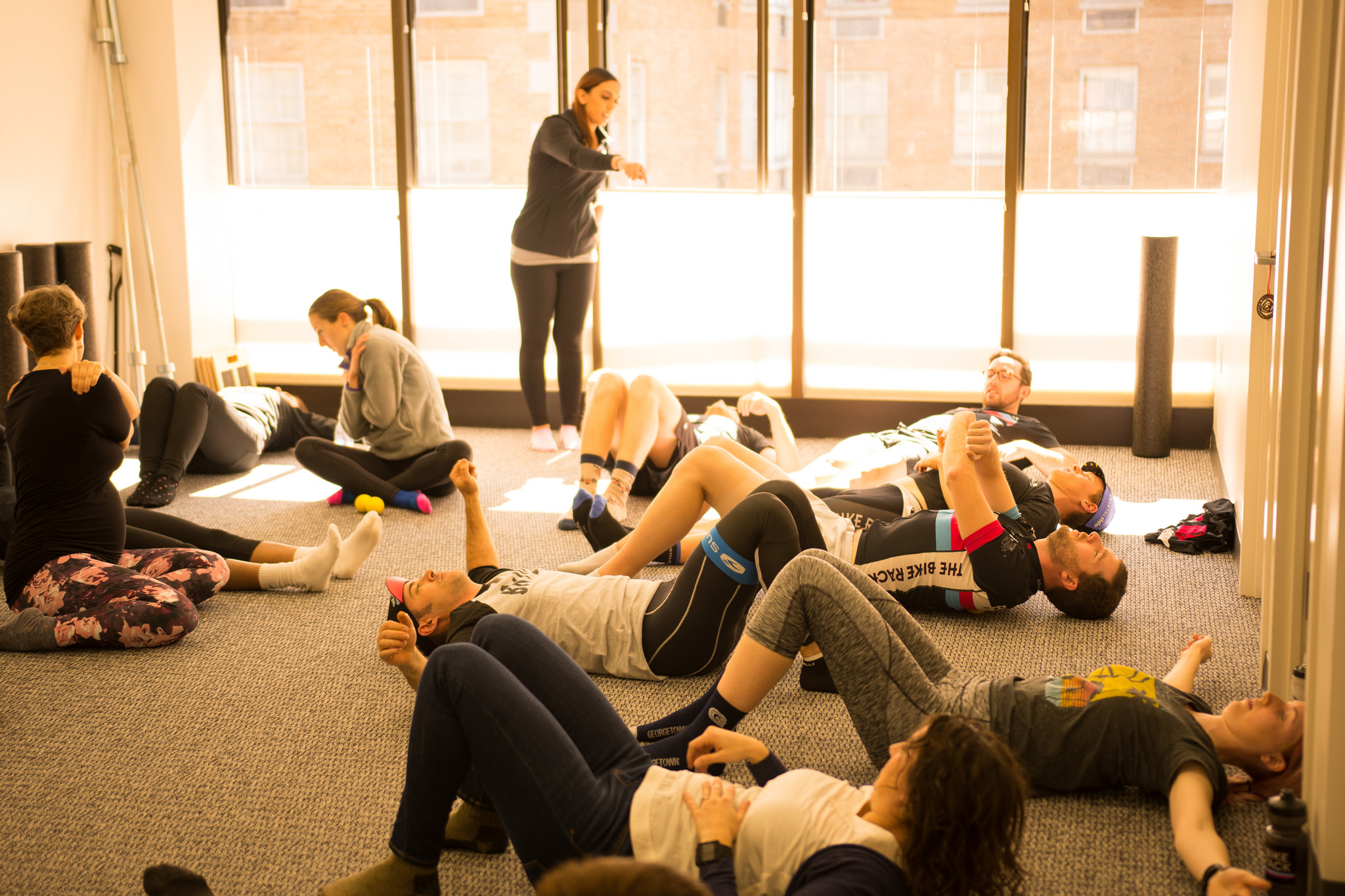After an injury I am always asked “when will I be better?”. It can be a hard question to answer but we know that certain tissues require a certain amount of time to fully heal, also known as tissue healing timelines. These timelines help guide suggested activity modifications or number of weeks for physical therapy after an injury. After a common ankle sprain many of my clients are shocked to hear it can take months for those ligaments to fully heal, and up to a year for it to feel completely normal!

Healing takes place in 3 different phases: inflammatory phase, proliferative phase and maturation or remodeling phase. Different tissues types such as muscles, tendons, ligaments and bones all take different amounts of time to fully heal, but a general guideline is 6-8 weeks for tissue repair. We also know that healing isn’t always a linear process and many factors are involved based on the injury and the person.
"Healing takes place in 3 different phases: inflammatory phase, proliferative phase and maturation or remodeling phase."
Ankle sprains can be particularly tricky depending on the degree of the sprain and the level of activity you’re looking to return to. Ankle sprains affect the ligaments (connect bone to bone) of the ankle and are classified by the degree of damage. Grade I sprains are mostly just stretching of the tissue which results in mild swelling and discomfort with normal joint stability. Grade II sprains happen when there is partial tearing of the ligament resulting in moderate pain, joint instability and moderate swelling. The more severe ankle sprains with severe pain, joint instability, swelling and bruising are grade III with possible ligamentous rupture. Grade I sprains can typically be rehabilitated in 2-4 weeks whereas grade II sprains may take 6-8 weeks. With full rupture of the ligament, immobilization may be indicated to allow the ligament to heal followed by up to 6 months of rehab.

The first phase all sprains enter is the inflammatory phase. This is your body’s initial response your body takes after an injury. This is when you experience swelling, bruising, warmth and often a lot of pain. Your body is working at a vascular and cellular level to return to homeostasis by getting rid of the harmful things and bring in nutrients and growth factors to begin healing. This stage is also a way for your body to protect itself from further damage. This phase usually lasts 2-7 days but varies based on how you treat your injury (ice, rest, compression, etc.).
Once inflammation has been reduced, you enter the proliferative phase. This phase begins the laying down of new tissue as well as less organized scar tissue. Because this tissue is not as structurally sound as the original tissue, it cannot withstand full stress and it is important we protect the tissue as it matures and strengthens. This phase can still be painful and tender to touch. This stage typically lasts 4-6 weeks.
The maturation or remodeling phase is a long-term phase, this is the final phase of healing with realignment and remodeling of collagen fibers to become more organized as the tissue is loaded. As you stress the tissue with exercise, the tissue becomes stronger to meet new demands. The improvements in tensile strength also reduces risk for re-injury. After an ankle sprain you are at high risk for re-injury. Your physical therapist will have you work on balance, proprioception, correct mechanics and strengthening specific to your sport. Controlled re-loading during the rehabilitation process is critical for regaining structural integrity of injured tissues.
"At Rose we help our clients with sprains recover more quickly than they would without treatment."
There are plenty of ways to still get a good work out in to stay active with in the early stages of a sprained ankle such as improving your hip and core stability to help improve your movement patterns to prevent these injuries in the future! In the end, understand that different grades of ankle sprains follow different timelines. Be patient after an injury to allow things to properly heal and work with your physical therapist to keep exercising safely to get you back on the field to prevent any reinjury.
How to implement treatments
At Rose we help our clients with sprains recover more quickly than they would without treatment. The time it takes to heal a sprain varies, but results can often be achieved in two to eight weeks. We will work with you to design a specific treatment program that meets your needs and goals.
During the first 24 to 48 hours following your diagnosis, your physical therapist may advise you to:
- Rest the area by avoiding any activity that causes pain.
- Apply ice packs to the area for 15 to 20 minutes every 2 hours.
- For sprains in your lower extremities such as your ankle, use crutches or other walking aids to help alleviate pain and support balance.
- Wrap the sprained area to provide support and to prevent swelling.

Traditional methods like R.I.C.E. (rest, ice, compression and elevation) have come under fire in social media recently but they have been effective front-line therapy for over a century, they are free, and you can do them in the comfort of your home.
These self-treatments will allow you to be as active as possible with the least amount of pain, and will help speed healing.
Working with a physical therapist at Rose can help you recover faster:
Reduce Pain and Swelling. Rose physical therapists can teach you to avoid or modify your daily and sports activities to allow healing to begin.
Improve Motion. Your physical therapist will choose specific activities and treatments to help restore normal movement in the ankle. These might begin with "passive" motions and progress to “active” exercises and stretches that you do yourself.
Improve Flexibility and Strengthen the joint. Rose therapists can help determine if any foot, ankle, or lower leg muscles are tight, begin to stretch them, and teach you how to stretch them. Sprains may be related to weak, injured, or uncoordinated muscles. Certain exercises will aid healing at each stage of recovery; your physical therapist will choose and teach you the correct exercises and equipment to use to restore your strength.
Restore and Enhance Endurance. It is also critical to regain your muscular endurance after an injury. Rose will teach you functional movement exercises to improve endurance, so you can return to your normal activities.
Improve Balance. Regaining your sense of balance is important after an injury. Your physical therapist will teach you exercises to improve your balance ability.
Restore Agility. Speed and accuracy of movement is important in athletics and in many daily activities. At Rose we are specialists in helping you regain these skills in preparation for a return to sports and to your daily routine.
Return to Activities. At Rose we make every effort to keep you out there in shape and ready for your next competition. We will discuss activity goals with you and use them to set your work, sport, and home-life recovery goals. Your treatment program will help you reach your goals in the safest, fastest, and most effective way possible. Rose therapists teach exercises, work retraining activities, and sport-specific techniques and drills to help you achieve your goals.

Speed Recovery Time. Rose therapists are trained and experienced in choosing the best treatments and exercises to help you safely heal, return to your normal lifestyle, and reach your goals faster than you are likely to do on your own.
If Surgery Is Necessary - the worst case scenario
We don't like to say the "s" word, but luckily surgery is not commonly required for sprains. If surgery is needed, you will follow a recovery program provided by your surgeon over several weeks, guided by your physical therapist. Because after-surgery care is guided by a protocol, you are free to rely on the longer appointments and individual attention from the experts at Rose--there is no need to see a hospital or surgeon-based therapist during your recovery. Rose therapists will help you minimize pain, regain motion and strength, and return to normal activities in the safest and speediest manner possible.



